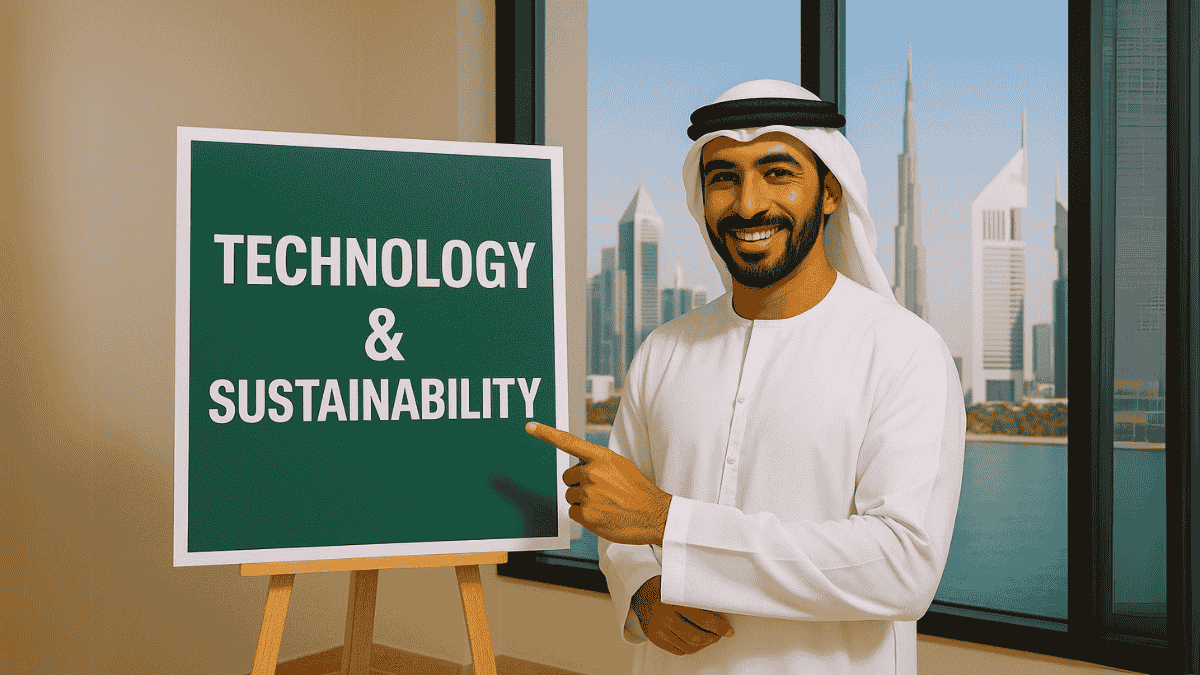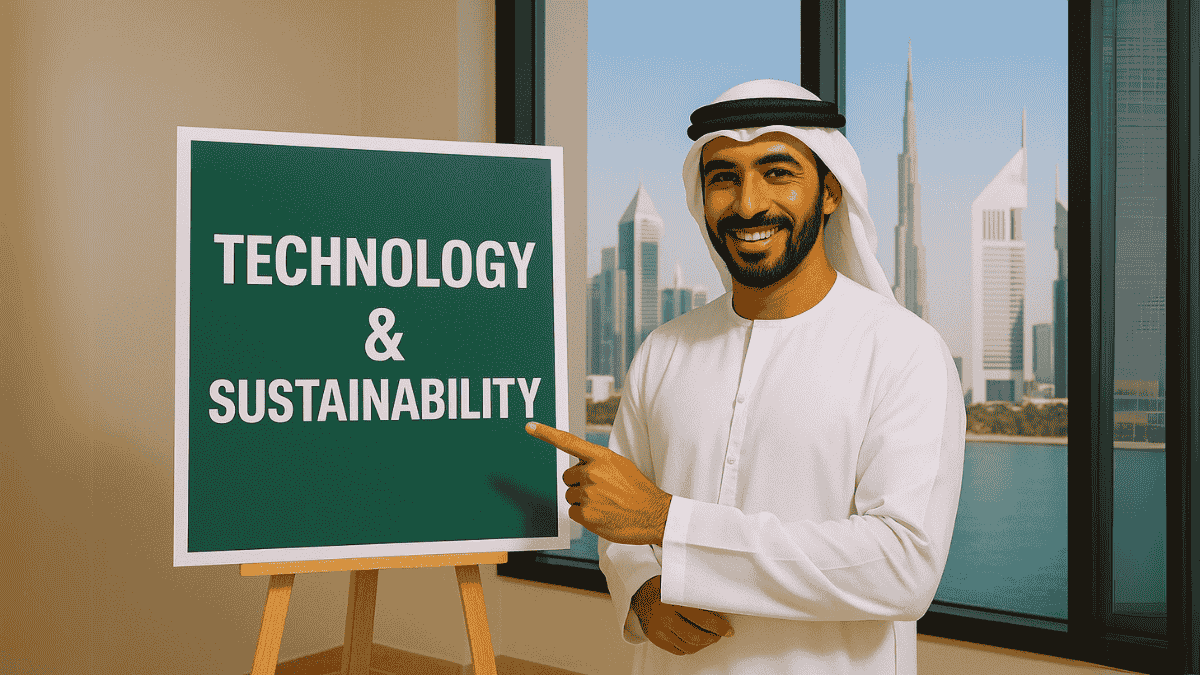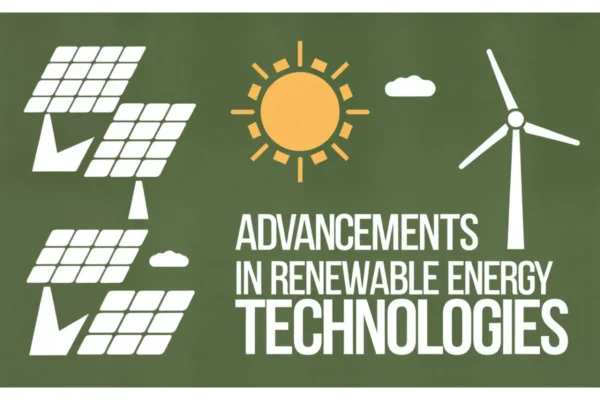
The Role of Technology in Building a Sustainable Future
We believe that innovation holds the key to solving many of today’s biggest challenges. When we look at the role of technology in building a sustainable future, it is clear that new advancements are critical to protecting our environment and promoting economic growth in the UAE and worldwide. How Technology Drives Sustainability Renewable Energy Solutions First of all, technology has revolutionized the renewable energy sector. Solar panels, wind turbines, and smart grids are helping reduce our reliance on fossil fuels. Therefore, cities across the UAE are investing heavily in clean energy. Smart Cities and Infrastructure In addition, smart city initiatives use data and technology to improve energy efficiency, waste management, and transportation. As a result, urban areas are becoming more sustainable and livable for future generations. Examples of Sustainable Technologies Electric Vehicles (EVs) Electric vehicles are gaining popularity in the UAE. EV technology reduces carbon emissions and supports clean transportation initiatives. Charging networks are also expanding rapidly to encourage more people to switch to electric. Green Building Innovations Moreover, sustainable building materials, energy-efficient designs, and smart systems are making new constructions environmentally friendly. Developers now prioritize eco-conscious projects to align with global green goals. Water Conservation Technologies Water is a precious resource in the UAE. Therefore, technologies like smart irrigation, desalination advancements, and recycling systems are critical to ensuring sustainable water management. Challenges Ahead High Initial Costs While the benefits are clear, adopting new technologies often requires significant upfront investment. However, long-term savings and environmental benefits justify these costs. Need for Skilled Workforce Building a sustainable future requires skilled workers who understand both technology and environmental sciences. Therefore, education and training programs must evolve to prepare future generations. In conclusion, the role of technology in building a sustainable future is undeniable. Through smart innovations, renewable energy, and eco-friendly practices, we can create a greener and more prosperous world. We encourage all residents and organizations in the UAE to support sustainable technologies for a better tomorrow. Explore more walk-in interviews and top-paying UAE job opportunities. Click here to browse the latest job vacancies in Dubai. Click Here Explore job listings on Indeed for more opportunities in customer service, where you can find a variety of roles tailored to your skills. Visit Linkedin Jobs for networking and job opportunities in the UAE, connecting you with professionals in your field. Check Gulf Talent for additional job openings and career advice, ensuring you stay informed about the latest trends in the job market.













